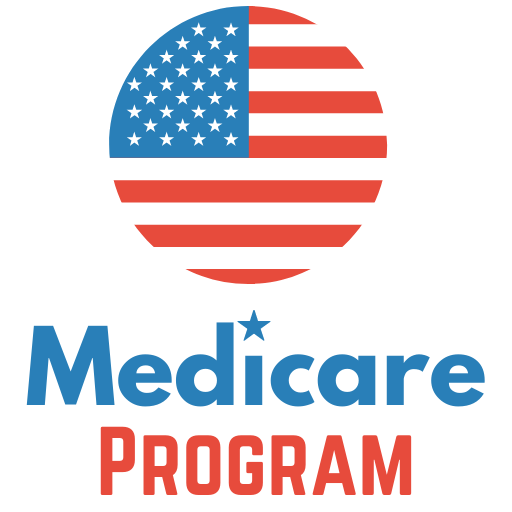
Medicare drug costs to be capped at $2,000 per year
The Senate voted on a sweeping climate, tax and health care bill that contains major measures to lower prescription drug prices within the Medicare program, allowing the government to negotiate drug prices for the first time and limit out-of-pocket payments for the elderly. The cost of the drugs is $2,000 a year.
The measures are part of the Inflation Reduction Act of 2022, a broad package that also expands the Affordable Care Act’s enhanced subsidies and expands and adds new clean energy tax credits, among other provisions . The bill is expected to pass the Senate and then head to the House of Representatives for a vote next week, where it is also expected to pass.
The bill would allow the government to negotiate prices for certain drugs, cap seniors’ out-of-pocket spending on drugs at $2,000 a year, and penalize drugmakers who raise their prices by more than the rate of inflation of the Medicare program. Under the legislation that established the Part D drug program in 2003, which was influenced by the pharmaceutical industry, the government is prohibited from dealing directly with drug manufacturers. Individual insurance companies that participate in Part D can negotiate, but they do not have the bargaining power of the federal government. Allowing the government to negotiate directly is expected to save about $100 billion through 2031, according to estimates by the Congressional Budget Office.
“The pharmaceutical industry has largely escaped this level of legislation in the past,” said Juliette Cubanski, deputy director of the Kaiser Family Foundation’s Medicare Policy Program.
Although the bill represents a fundamental policy change, its bargaining provisions will be phased in over several years and will affect only some drugs. Experts say the bill’s most immediate impact will be felt by older adults with high prescription drug costs.
About a quarter of current Part D beneficiaries (or more than 16 million people in 2022) are at risk of spending $2,000 or more a year on their prescription drugs, according to estimates from the League of Seniors. “There are some very expensive drugs,” said Mary Johnson, the organization’s Medicare and Social Security policy analyst. Several years ago, he helped a neighbor research Part D plans before he got into Medicare and found that the neighbor’s co-pay on most drug plans would be about $1,000 a month for Humira, a medicine for rheumatoid arthritis. The neighbor sought alternative therapies and pharmaceutical assistance programs to be able to pay for the treatment.
Currently, out-of-pocket drug costs are not limited to Part D. By 2022, once beneficiaries have spent $7,050 on their drugs, they enter the “catastrophic coverage” phase and are responsible for 5% of costs .
But even these smaller payments can add up to patients with expensive prescriptions, such as those to treat cancer, rheumatoid arthritis and muscular sclerosis. To use a rough example, with a monthly co-pay of $1,000, a beneficiary could reach the catastrophic coverage phase in August of each year; 5% of $1,000 is $50 for the remaining five months of the year, for a total of $250. (It’s a rough example because in Part D, the rules are a bit more complicated, and also the average adult takes several drugs, not one.)
The $2,000 annual limit, which will be indexed for inflation, would go into effect in 2025. The limit applies to anyone enrolled in a Part D drug plan, whether it’s a Medicare stand-alone drug plan traditional or a Medicare Advantage plan that covers drugs. Includes co-payments, deductibles and co-insurance, but excludes the cost of the monthly premium. In 2024, the liability of the beneficiary in the phase of catastrophic coverage would drop to zero.
Starting in 2026, a maximum of 10 drugs would be subject to negotiation, increasing to 15 drugs in 2027 and 2028, and 20 drugs in 2029. The negotiated drugs would include both Part D and Part B drugs. The latter it includes drugs that are given in the doctor’s office, such as infusions, rather than taken at home.
The drugs that would be subject to negotiation have not yet been identified. New drugs would be excluded from consideration, as would drugs with generic equivalents. Potential candidates include Keytruda, a cancer treatment from Merck, and Eylea, a macular degeneration drug from
Starting in 2023, drug makers who raise their prices above the rate of inflation would have to pay a penalty to the Medicare program. Also starting in 2023, all vaccines in the Part D program would be free for Medicare beneficiaries.
A separate provision of the Inflation Reduction Act would lower health insurance premiums for millions of Affordable Care Act enrollees through 2025. The 2021 American Rescue Plan capped the cost of silver level health insurance at 8.5% of enrollees’ income until this year, temporarily. eliminating the income limits of the Affordable Care Act. Previously, consumers earning more than 400% of the federal poverty level (or $54,360 for an individual in 2022) were not eligible for any government assistance to pay their premiums. The bill would extend the enhanced premium subsidies through 2025.

Comments are closed.